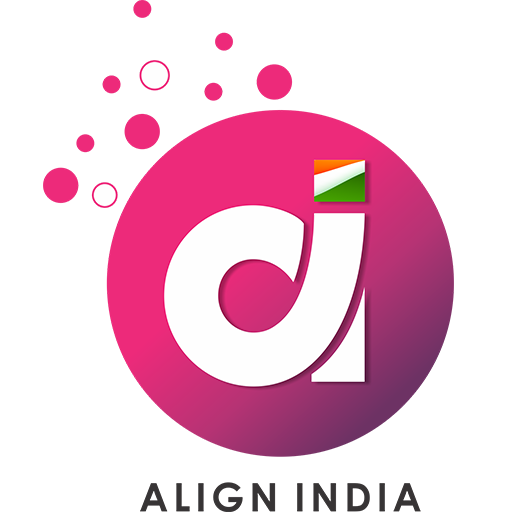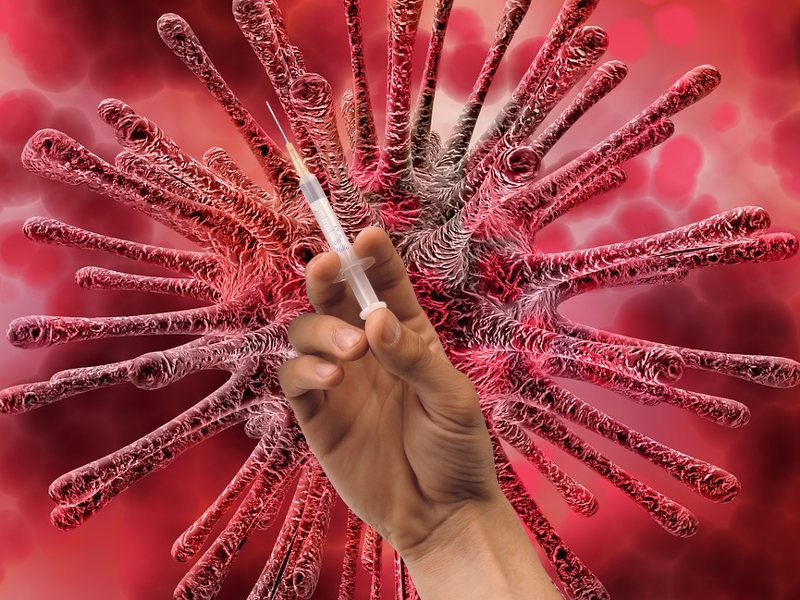By Santhosh D’Souza
As India enters a critical phase – that of achieving herd immunity through vaccination – the financial and logistical aspects of the drive are worth examining.
According to Rajesh Bhushan, Union Health Secretary, the Modi government ordered 165 lakh doses of Coronavirus Vaccines (55 lakh Covaxin doses from Bharat Biotech and 110 lakh Covishield doses from Serum Institute of India). As of 12 January 2021 however, the actual doses received amounted to 54.72 lakhs.
THE LOGISTICS – A SURGICAL STRIKE OF A DIFFERENT KIND
Assuming the government receives the 110.28 lakh doses soon, this covers around 82.5 lakh Indians at the required two doses per person. However, the government has declared its target to be 3 crore people – healthcare and essential workers – in the first round. The phase does not seem to have any published schedule.
The second phase, whenever it commences, will cover the next 27 crore Indians – those above the age of 50 and all those with co-morbidities rendering them susceptible to complications from a COVID19 infection. The Union Health Minister, Harsh Vardhan, recently tweeted that this phase would conclude “by July.” Assuming he meant 1st July 2021, healthcare workers would have to administer approximately 37 lakh doses daily.
If one sticks to the 3000 centres currently operating, that works out to 1233 people per day or 0.85 individuals per minute, assuming that the centres operated around the clock. Let us instead project that even if it is a tall order, on the average over the next 164 days, the count of centres more than triples to 10000, but agree that it is humanly impossible to operate for more than 12 hours a day. Each centre will still need to vaccinate 31 individuals every working hour.
On Day 1 of Phase 1, the number of doses administered across India was 1.91 lakh. However ordinary mortals like us should not worry – the Modi government must have a secret plan ready to step the pace up by nearly 20 times to achieve the required daily number, and then exceed it significantly to make up for the initial under-performance.
There is the possibility that he meant 31st July 2021. The target of daily administered doses drops to approximately 31 lakh per day.
The government has not disclosed how and by when it intends to vaccinate the remaining 105 odd crore Indians. Even if it is only Indians older than 9 years, that would still mean around 78 crore people and 156 crore doses.
Neither has it indicated whether the vaccine will be free for them. It is in fact doubtful now that they will be free for even those vaccinated in phase 2, as this fact-check sifts through the many statements made by the government and the vaccine manufacturers.
ECONOMIC INEQUITY MEANS UNEQUAL ACCESS TO VACCINES
The Modi government does not seem to have looked at other glaringly obvious statistics about the Indian population. Estimates of the Indian population living below the poverty line vary considerably, but the Rangarajan Committee had determined that over 36 crore Indians were poor, in 2011-12. The UNDP estimates that nearly 37.4 crore Indians faced multi-dimensional poverty in 2017. As of November 2020, the public distribution system provides foodgrain for 81.35 crore eligible beneficiaries, indicating that crores of families technically above the poverty line are impoverished.
There is also the question of the scheduled castes, tribes and backward classes. 31 crore Indians belonged to the SC/ST category back in 2011. In 2007, estimates indicated that a sizeable 41% of the population constitutes other backward classes – many consider this an underestimate.
This government has not publicly discussed what it plans for this large percentage of the population struggling to put 3 square meals on the table daily, let alone pay for two doses of a vaccine. This swathe of humanity has been hit particularly hard by the economic fallout of an ill-advised lockdown and the upheaval of migrating home and then back to possible work. The Farm Bills and the subsequent protests will not have helped them either, to put it mildly.
VACCINES FOR FREE?
The BJP and the Union Finance Minister, Nirmala Sitharaman, promised the Coronavirus vaccine for free to the entire population of Bihar in October 2020, in the run up to the state elections. In its manifesto for the assembly by-elections, the BJP promised all Madhya Pradesh residents free vaccination . The Union Health Minister asserted in January 2020 that the vaccine will be free all across the country. Modi himself had promised that as soon as a vaccine was available, “everyone will be vaccinated. None will be left behind.”
It appears now that the government is hurriedly distancing itself from any commitment to vaccinate all Indians for free. Harsh Vardhan issued a clarificatory tweet, emphasizing that only the first phase of 3 crore people will get it free, and the subsequent approach is not yet finalized.
VACCINE PRICING FOR THE GOVERNMENT
The Covishield vaccine is the AstraZeneca AZD1222 Vaccine, manufactured by the Serum Institute of India (SII). The latter supplies Covishield at Rs 200/dose to the government of India. AstraZeneca had committed to supplying the vaccine “at no profit” through the SII. Eva De Bleeker, a minister in the Belgian cabinet, tweeted that the cost of the AZD1222 to the European Union was EUR 1.78, or Rs 158. How then do AstraZeneca and SII charge the Indian government Rs 200?
Covaxin from Bharat Biotech has no phase III trial data but has been approved for “emergency use”. It will be supplied to the government at Rs 295/dose, so that the manufacturer can conduct their phase III trials under the pretext of public interest. Price concerns apart, it is a travesty of the clinical trial process that after a mere 755 participants were involved in Phase I and II trials, Covaxin will be part of a general vaccination drive.
There are three important questions that the Modi government should answer:
- When AstraZeneca is committed to supplying Covishield at no profit and the European Union itself is being charged only Rs 158, why is the government paying SII Rs 200 per dose?
- Why is the Modi government paying Rs 95 more to Bharat Biotech than to SII, for a vaccine developed with considerable contributions by scientists and facilities of the ICMR and the NIV, both of which are funded by the Indian public?
- Why is it purchasing a vaccine that has had only Phase I and II trials completed, involving a grand total of 755 individuals (among whom many, if not half, received a placebo rather than the vaccine, if Bharat Biotech adhered to the norms)?
VACCINE PRICING FOR RETAIL SALES
Since it is likely that the Modi government will leave the vast majority of citizens to their own private means to buy the vaccine, what would it cost the common man?
SII’s CEO, Adar Poonawalla, revealed that they will charge Indians Rs 1000/dose of Covishield (thus getting Rs 2000 from every vaccinated individual) in the open market.
- Has the government assented to SII charging this exorbitant price for a vaccine that probably costs less than Rs 158 per dose to manufacture?
- Ignoring the 27% markup given to SII over the cost to the European Union, has the Modi government permitted charging the Indian consumer five times more than the government is paying SII?
- Can the Modi government clarify whether AstraZeneca is reneging on its promise to supply Covishield at no profit to India? Or are SII and Adar Poonawalla going to reap the windfall profits from the Rs 1000/dose they will charge?
- What happened to all the promises that Modi and his government made about free availability of the vaccine?
- The National List of Essential Medicines has apparently not changed since 2015. Why are Coronavirus Vaccines not on the list?
- Has SII received approval from the National Pharmaceutical Pricing Authority to charge Rs 1000 per dose? If yes, what justified such a high retail price?
- Why has the Modi government not mandated that Coronavirus vaccine manufacturers publish figures for cost of production, cost of licensing and profit margins?
- SII’s Adar Poonawalla publicly implied that exports of Indian manufactured vaccine doses were not allowed – Indians were to have first right to them. Why has the Modi government clarified that it has not banned exports?
If the first 3 crore healthcare and essential workers receive their doses for free (and rightly so), and the rest purchase them at Rs 1000/dose, the revenues for the vaccine seller work out to an astronomical Rs 26,40,00,00,00,000! Even if one were to assume that manufacturing costs sum up to Rs 200/dose, the producer stands to make Rs 2,11,200 crores!
CONCLUSION
As it has distressingly demonstrated ever since the 2014 elections, the Modi government’s promises – this time of “Free Vaccines”, “No one left behind”, “Free vaccines for everyone across India” – are just rhetorical. They usually are electoral slogans to secure undeserved votes. The reality might well be dramatically different – the Modi government will play the fiddle while an overwhelming majority pay through their noses for vaccination. A clique of individuals and companies will profit immensely, thanks to the opportunity they and Modi saw in the crisis.
Those who did get vaccinated “for free” will end up paying some of the costs anyway – through the direct and indirect taxes all Indians contribute to. There really is no such thing as a free COVID19 vaccine.
Disclaimer :The opinions expressed within this article are the personal opinions of the author. AlignIndia does not take any responsibility for the content of the article.
(Santhosh D’Souza combines professional interest in technology with a passion for science, history, mythology and current affairs. He tweets @santhoshd)


